So i've come to understand that buck converters CAN be used for 120V to 5V BUT they are not becuase they are often a safety risk. I also understand that they can be used if they are away from a consumer OR if they are used in an industrial scenario.
for example: it can be used with a ceiling fan becauase a consumer does not interact directly or near to the buck converter circuit.
why is a non-isolated buck converter unsafe with specifically a 120V connection? It is considered safe to move from 40V DC to DC , seemingly regardless of current flow.
looking to understand this better
Thanks
EDITTED (to specify use of non isolated buck converter)
